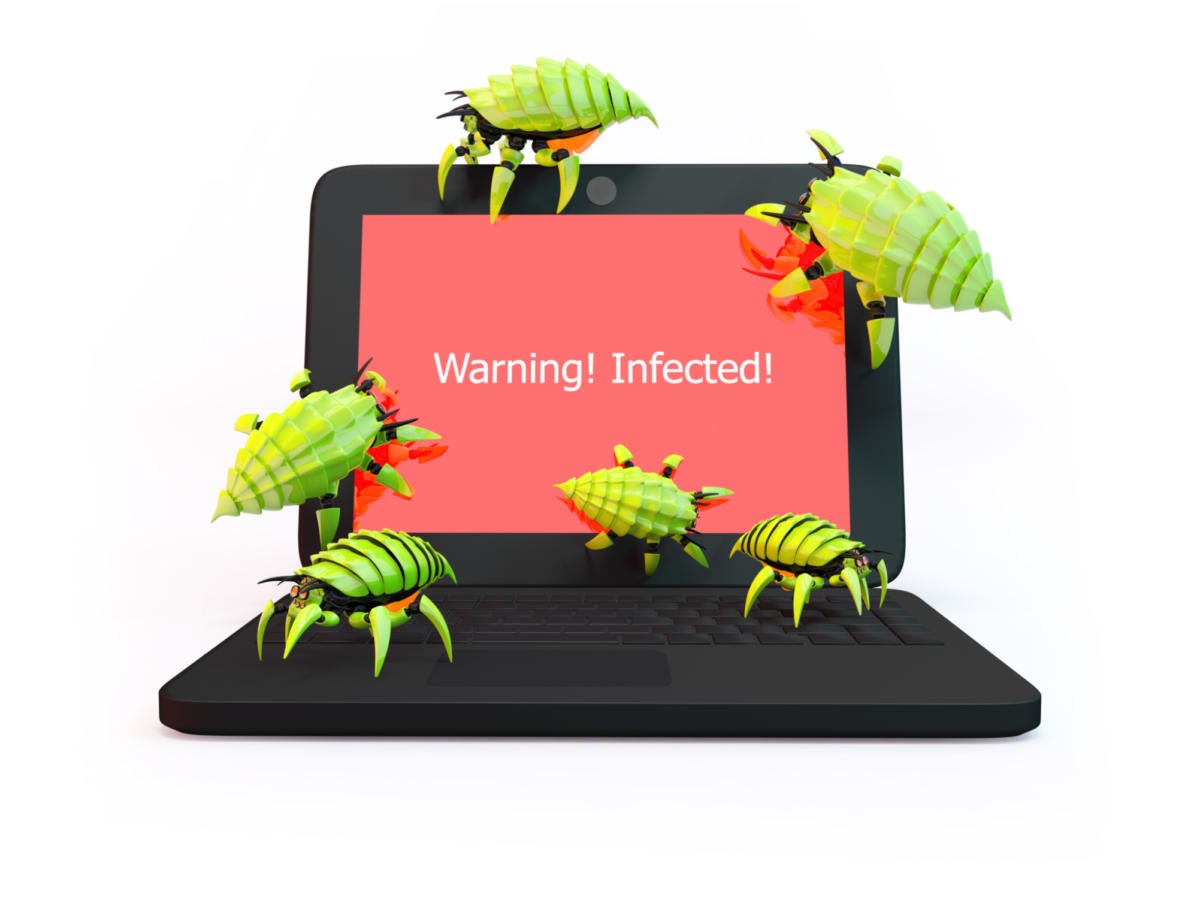
#My mac is infected with malware download
Ever had a pop-up appear on your web browser that automatically downloads a file without your permission? Go to the Downloads folder on your Mac and delete anything you didn’t download yourself. Step 3: Naturally, any downloaded file from an unknown or untrusted source can potentially contain malware and viruses. Don’t forget to empty the trash to permanently delete the app from your system.
#My mac is infected with malware install
Step 2: Look for any apps you didn’t install yourself. Step 1: Open the Applications folder, located in the left sidebar of Finder. Suspicious apps and downloadsĬhecking the list of installed applications on your Mac should be something that’s performed on a regular basis to make sure you definitely installed them all and still want them installed.

Scan through your browser extensions and remove any suspicious extensions that have been added. If you’re using Google Chrome, for example, click the Menu tab on the far right side of the window, click the More Tools field, and select Extensions. This can thus lead to a threat actor installing potentially harmful extensions that slow down performance, spread malware, etc. While you may have Apple’s option for only downloading apps from trusted developers enabled, Mac users don’t have the same luxury when it comes to browser extensions. Step 4: Similarly, open the Memory tab and analyze the Process Name section to see if there are any unknown or unusual process names you don’t recognize that are demanding a considerable amount of memory usage. Step 3: If you do locate any harmful apps and malware within Activity Monitor, click the item and then select the X button at the top-left to terminate it. If you’re unsure of any of the process names, simply type them into Google, which will inform you whether it’s something you should be worried about or not.

Step 2: In the Process Name field located under the CPU tab (which should be selected by default), look through whatever is listed and how much of the CPU percentage it requires to operate.

Step 1: Open Applications > Utilities > Activity Monitor or search for "Activity Monitor" in the Finder’s search bar. One of the best ways to look into exactly what’s causing your Mac’s CPU to perform in a sluggish manner is via Mac’s Activity Monitor. One of the indications of possible malware and viruses infecting your Mac is a notable reduction in performance speed.


 0 kommentar(er)
0 kommentar(er)
